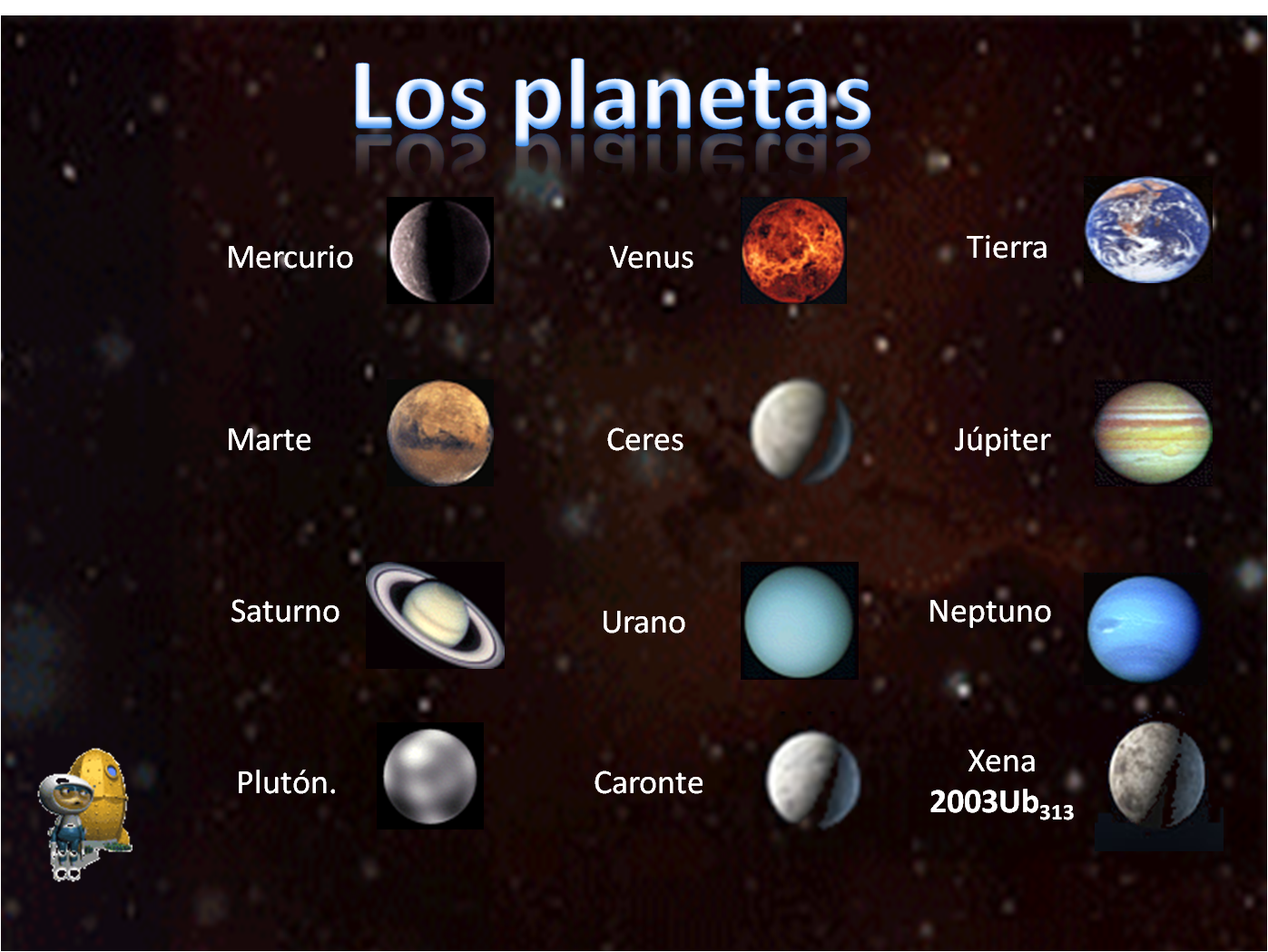Exploring the Solar System Through Images
Ever gazed at a picture of Jupiter’s swirling storms or marveled at the rusty hues of Mars? Images of our solar system’s planets have captivated humanity for centuries, fueling scientific discovery and inspiring countless works of art and fiction. From blurry telescope glimpses to detailed composite photographs from spacecraft, these visual representations have profoundly shaped our understanding of the cosmos and our place within it.
The earliest visual representations of the solar system were hand-drawn sketches, based on naked-eye observations and early telescopic views. These rudimentary depictions, while often inaccurate, marked the beginning of our attempt to document and understand the celestial bodies around us. Think of Galileo’s sketches of the Moon or early diagrams attempting to place the Earth at the center of the solar system. These images, crude as they may seem now, represented a monumental leap in our comprehension of the universe.
The advent of photography revolutionized our ability to capture and disseminate planetary portraits. As telescopes grew larger and more powerful, and as we began sending probes to other planets, the quality and detail of solar system images increased dramatically. The iconic "Pale Blue Dot" image, capturing Earth from Voyager 1 billions of miles away, serves as a powerful testament to both our technological prowess and the fragility of our planet in the vastness of space.
Today, the study and analysis of planetary images are crucial for scientific research. Scientists utilize sophisticated image processing techniques to enhance details, analyze surface features, study atmospheric composition, and track changes over time. Visualizations created from data collected by spacecraft offer invaluable insights into the geology, climate, and potential for life on other worlds. Pictures of Martian landscapes, for instance, provide clues about past water flow, while images of Saturn’s rings reveal their intricate structure and dynamics.
But the importance of solar system imagery extends far beyond the realm of scientific research. These pictures ignite our imagination, inspiring a sense of wonder and curiosity about the universe. They serve as powerful educational tools, allowing us to visualize distant worlds and grasp complex astronomical concepts. And, perhaps most importantly, they remind us of the interconnectedness of everything in the cosmos, from the smallest moon to the largest gas giant.
Obtaining clear images of distant planets presents numerous challenges. Atmospheric turbulence, vast distances, and the limitations of our instruments all contribute to difficulties in capturing high-resolution visuals. However, advancements in adaptive optics and image processing techniques are continuously improving the quality and clarity of planetary pictures.
One particularly useful technique is creating composite images, combining multiple images taken at different wavelengths of light to reveal details that would be invisible to the naked eye. This allows scientists to analyze the chemical composition of planetary atmospheres and surfaces, and to identify features that might otherwise be obscured.
Advantages and Disadvantages of Solar System Images
| Advantages | Disadvantages |
|---|---|
| Enhanced understanding of planetary features | Potential for misinterpretation of data |
| Inspiring scientific curiosity and public engagement | Limited perspectives due to spacecraft trajectories |
| Educational tool for visualizing complex concepts | Technological limitations affecting resolution and detail |
The future of solar system imagery is bright. As technology continues to advance, we can expect even more breathtaking and detailed views of our celestial neighbors. New missions to explore icy moons, investigate potentially habitable planets, and study the outer reaches of our solar system promise to deliver a wealth of new images, further expanding our understanding of the cosmos and inspiring future generations of scientists and explorers.
In conclusion, from the earliest sketches to the latest high-resolution photographs, images of our solar system's planets have played a vital role in shaping our understanding of the universe. They serve as powerful tools for scientific discovery, education, and inspiration, reminding us of the vastness and wonder of the cosmos and our place within it. As we continue to explore and learn, the images we capture will undoubtedly continue to inspire awe and drive our quest for knowledge for generations to come.
Decoding the what is a man meme phenomenon
Navigating the post apocalyptic landscape of cataclysm dark days ahead
Elevate your exterior with masonry paint



:quality(75)/cloudfront-us-east-1.images.arcpublishing.com/elcomercio/ACHXIGMRKFEFZP6YXL2O6J27E4.jpg)










